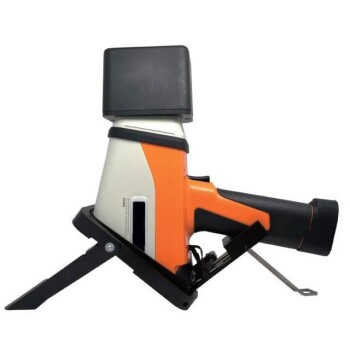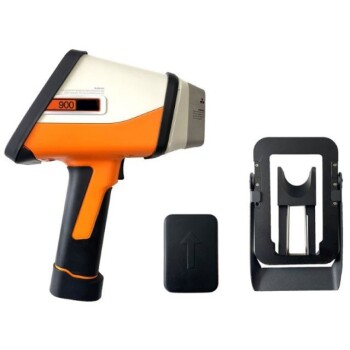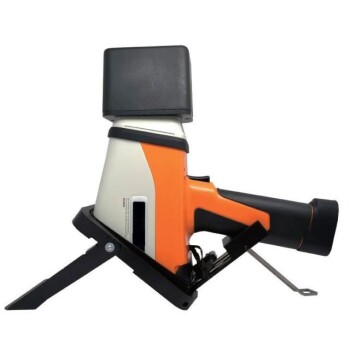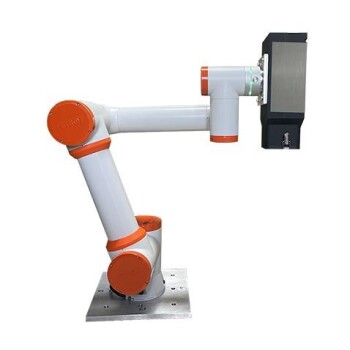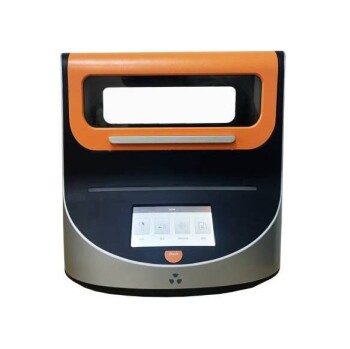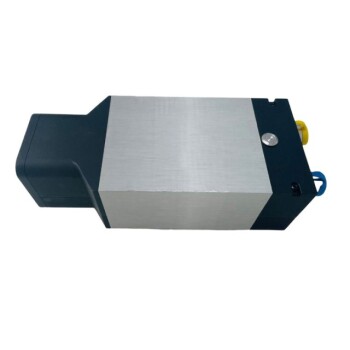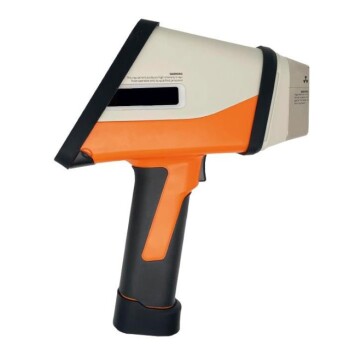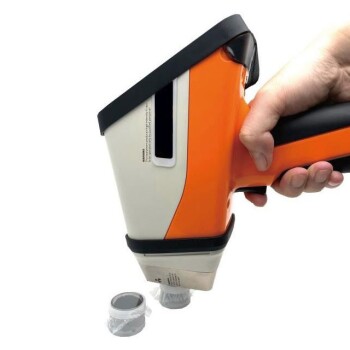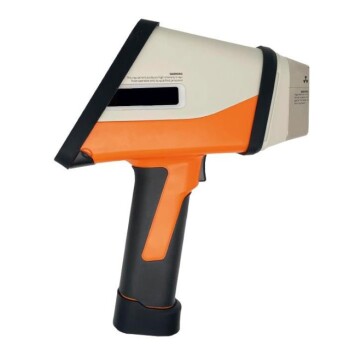XRF (X-ray Fluorescence) is a powerful analytical technique used to determine the elemental composition of materials. It can detect elements ranging from sodium (Na) to uranium (U), covering a wide spectrum of major and trace elements. The process involves bombarding a sample with X-rays, which causes the atoms in the sample to emit characteristic X-ray fluorescence. These emitted X-rays are detected and analyzed to identify and quantify the elements present. XRF is widely used in various fields, including geology, mining, manufacturing, and environmental testing, due to its speed, accuracy, and non-destructive nature.
Key Points Explained:

-
Range of Detectable Elements:
- XRF can detect elements from sodium (Na) to uranium (U). This range includes both light and heavy elements, making it a versatile tool for elemental analysis.
- Major elements such as silicon (Si), titanium (Ti), aluminum (Al), iron (Fe), manganese (Mn), magnesium (Mg), calcium (Ca), sodium (Na), potassium (K), and phosphorus (P) can be analyzed.
- Trace elements like barium (Ba), cerium (Ce), cobalt (Co), chromium (Cr), copper (Cu), gallium (Ga), lanthanum (La), niobium (Nb), nickel (Ni), rubidium (Rb), scandium (Sc), strontium (Sr), rhodium (Rh), uranium (U), vanadium (V), yttrium (Y), zirconium (Zr), and zinc (Zn) are also detectable.
-
Detection Mechanism:
- XRF works by using high-energy X-rays generated by an X-ray tube to illuminate a small area of the sample.
- These X-rays interact with the atoms of the elements within the sample, ejecting inner electrons.
- As electrons from outer orbitals move to fill these vacancies, they emit characteristic X-rays, known as X-ray fluorescence.
- The energy of these emitted X-rays is unique to each element, allowing the instrument to identify the elements and their concentrations in the sample.
-
Applications of XRF:
- Scrap Sorting: XRF is used to identify and sort different metals in recycling processes.
- Alloy Grade Identification: It helps in determining the composition of alloys, ensuring they meet specific standards.
- Quality Control in Metal Manufacturing: XRF ensures that manufactured metals have the correct elemental composition.
- Geological Exploration and Mining: It is used to analyze rock and soil samples to identify valuable minerals and elements.
- Testing Industrial Materials or Consumer Products: XRF is used to detect contaminants or verify the composition of materials used in various products.
-
Advantages of XRF:
- Speed: XRF provides rapid analysis, with good quality spectra obtained in seconds or minutes.
- Non-Destructive: The technique does not damage the sample, making it ideal for analyzing valuable or irreplaceable materials.
- Versatility: XRF can analyze a wide range of materials, from metals and alloys to geological samples and consumer products.
- Accuracy: The technique provides accurate quantitative and qualitative analysis of elements.
-
Safety Considerations:
- XRF analyzers emit X-rays, which can be harmful if not used properly.
- It is crucial to follow safety guidelines, such as never pointing the analyzer at people and using appropriate shielding to protect operators from radiation exposure.
In summary, XRF is a highly effective and versatile analytical tool capable of detecting a wide range of elements from sodium to uranium. Its ability to provide rapid, accurate, and non-destructive analysis makes it invaluable in numerous applications across various industries. However, proper safety measures must be observed to ensure safe operation.
Summary Table:
| Key Aspect | Details |
|---|---|
| Detectable Elements | Sodium (Na) to Uranium (U), including major and trace elements. |
| Detection Mechanism | X-rays excite atoms, causing emission of characteristic X-ray fluorescence. |
| Applications | Scrap sorting, alloy identification, quality control, mining, and more. |
| Advantages | Fast, non-destructive, versatile, and accurate. |
| Safety Considerations | Requires proper handling to avoid radiation exposure. |
Unlock the power of XRF for your industry—contact us today to learn more!
